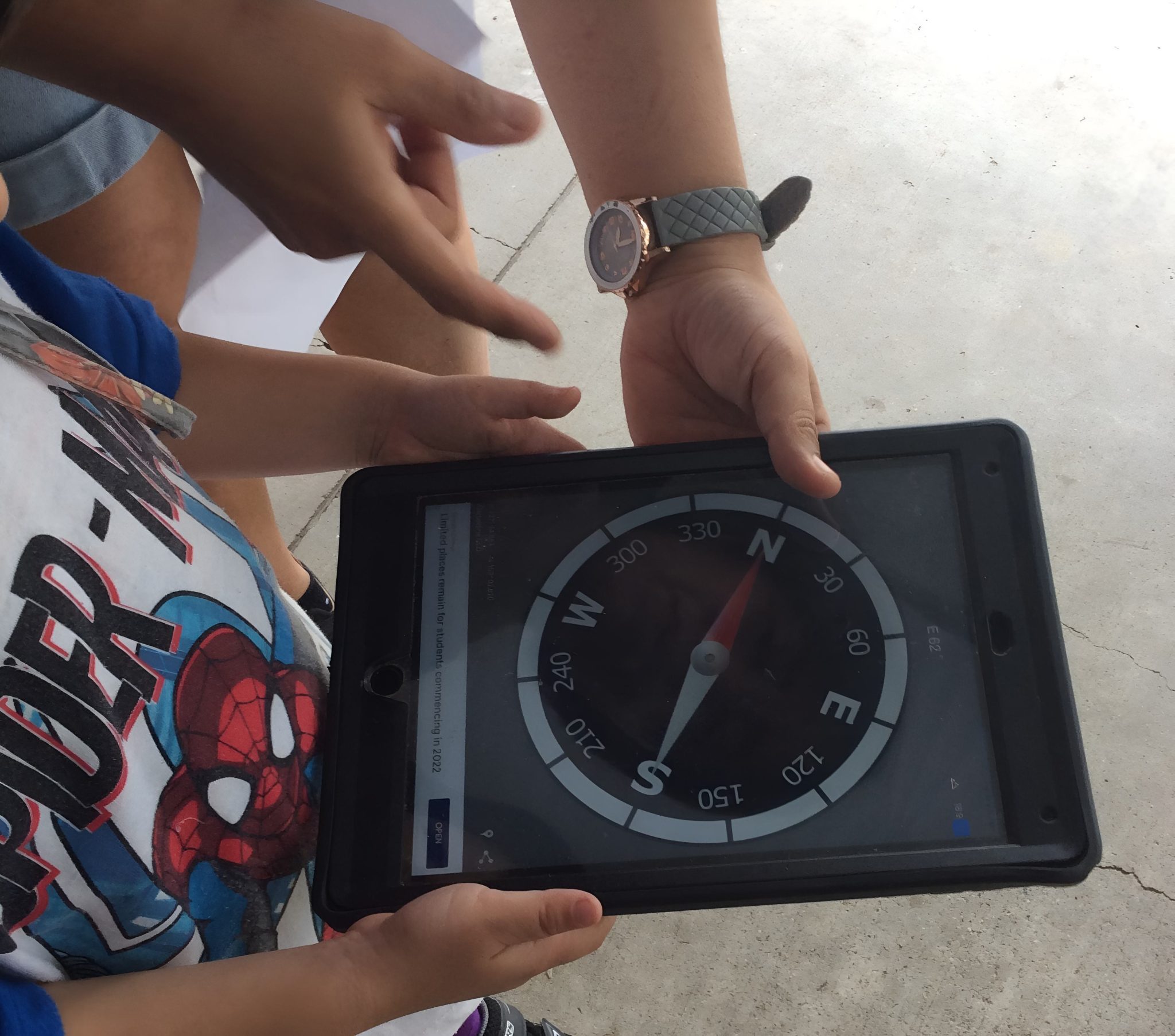What is this about?
The way that young children interact, engage with, and experience digital technologies can have implications for health and wellbeing. This includes their physical activity, posture, vision, sleep, and emotions.
Read more about Health & Wellbeing hereWhy is this important?
Young children today are growing up with digital technologies and using devices for many different reasons. When young children use devices for recreation and relaxation with their adults, they can be supported to transition smoothly from sedentary screen-based activities to physical activities that promote health and wellbeing.
Which practices support Health and Wellbeing?
In our project, we identified seven practices that are helpful for supporting young children to learn and develop in the area of Health and Wellbeing.
| Practice | Description | Resources |
|---|---|---|
|
Reinforcing |
Children and trusted adults record children participating in physical activity and re-play footage to support and build skill development and receive encouragement from others for physical activity. Example: Recording a child learning to ride a bike and sharing the video with grandparents. |
|
|
Engaging |
Children and adults use devices to engage children in physical activity, including audio/video for dancing, yoga, outdoor activities, and/or use device functions such as maps or timers to enhance opportunities for movement. Example: Using a mobile phone timer to record how long it takes for the child to complete a lap of the park on their bike. |
|
|
Launching |
Adults capitalise on children’s media interests to launch children into physically active play to transition from screen viewing or to foster non-digital play. Example: Playing a game of ‘Keepy Uppy’ with balloons after watching an episode of Bluey in which Bluey and Bingo play the same game. |
|
|
Planning |
Adults use internet-connected devices to research ideas to plan opportunities for children’s physical activity. Example: Searching online for fun ideas for active rainy-day play. |
|
|
Strategising |
Adults pre-plan approaches to support children with moving from screen-based activities to non-screen activities, such as providing time limits, acknowledging, distracting, offering choices and decision-making opportunities, and following routines. Example: Parents and children agreeing to watch two episodes of a favourite program prior to making lunch together. |
|
|
Singing |
Adults specifically employ the use of singing with children to break engagement with screen-based devices. Example: A parent using songs from ABC Kids Shake and Move to shift their child’s attention from the device to the next planned activity. |
|
|
Inspiring |
Adults and children share digital content to initiate non-screen activities, such as searching for active play ideas, craft, cooking, or developing new physical activity interests. Example: A parent and child looking up an online recipe to bake a cake together. |
Also useful
There are other practices which may also be useful for the Health and Wellbeing ECA area.
Interpreting: Children interpret their experiences with digital technologies and media through play and in discussion and collaboration with others (e.g., children and their educators creating and recording mini-episodes of a child’s preferred program).
Play and pedagogy promotes young children’s exploration, social interaction, collaboration, and learning in digital contexts
Viewing: Children view digital content with others for entertainment, information seeking, relaxation, physical activity, and/or recreation (e.g., watching content on YouTube for singing, dancing, and/or rhymes with peers and adult).
Young children’s relationships with adults and peers matter in digital contexts
Using: Children use digital technologies to access and share information and to communicate with others (e.g., searching for information with adult supervision and support to find out more about the type of birds observed by children in the garden).
Young children’s relationships with adults and peers matter in digital contexts
Knowing: Children and adults know about the people and data they are interacting with using internet-connected technologies (e.g., parent saying to child, “We know we are talking to Auntie, so this is a safe video call to take”).
Young children’s citizenship is upheld and fostered in digital contexts
Reading: Children and adults engage in shared reading of books and e-books about the internet and online safety (e.g., an educator reading books about using the internet and online safety with children).
Young children’s citizenship is upheld and fostered in digital contexts
